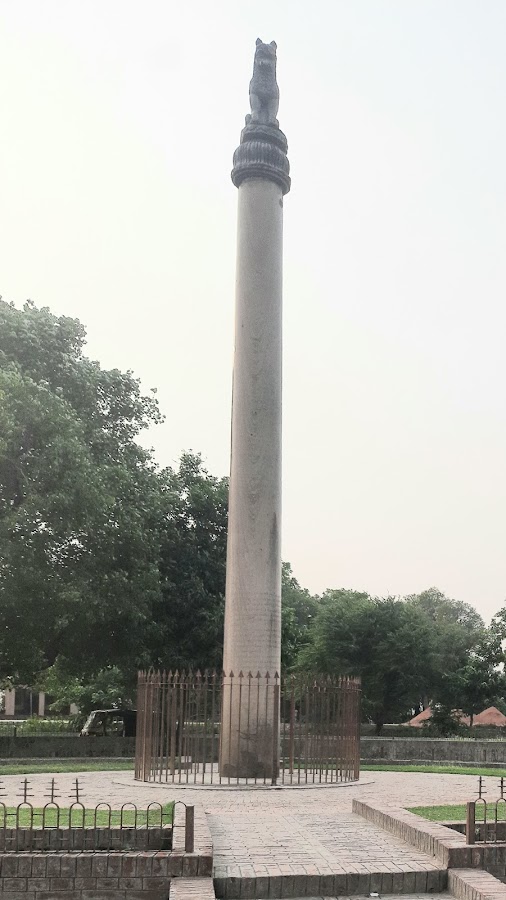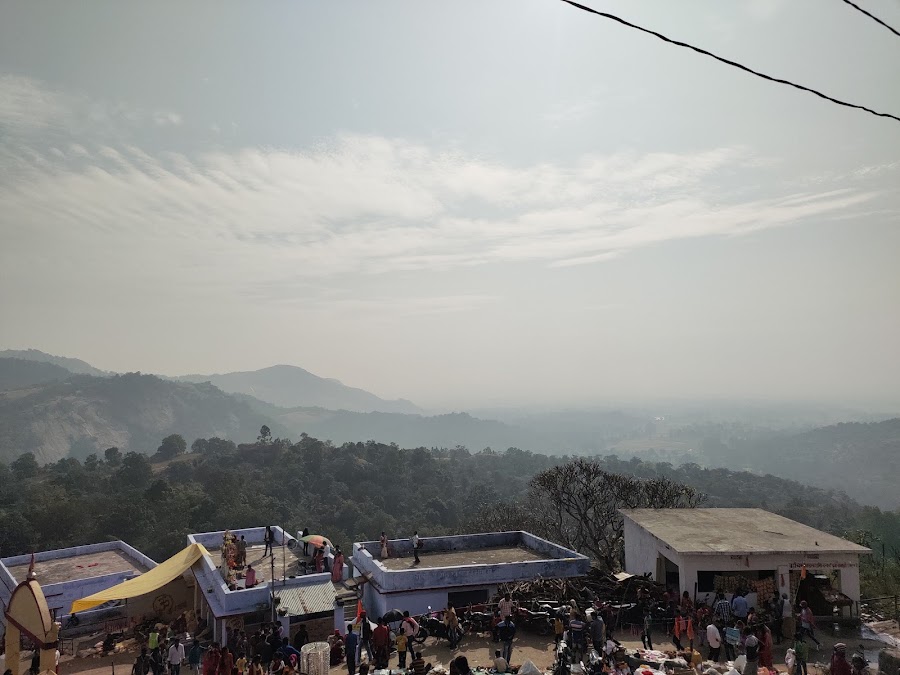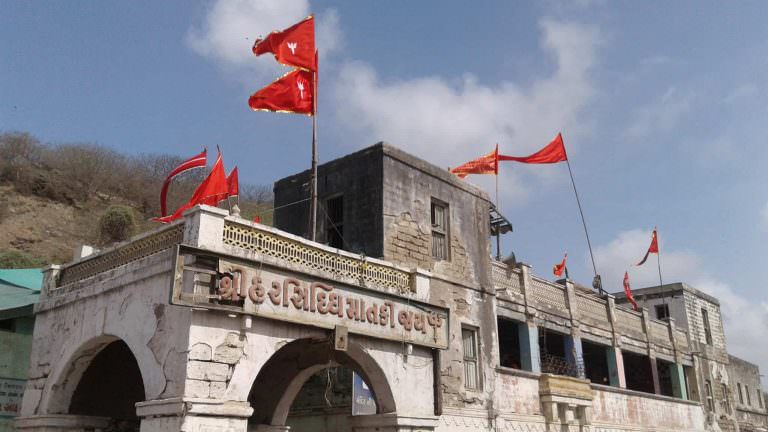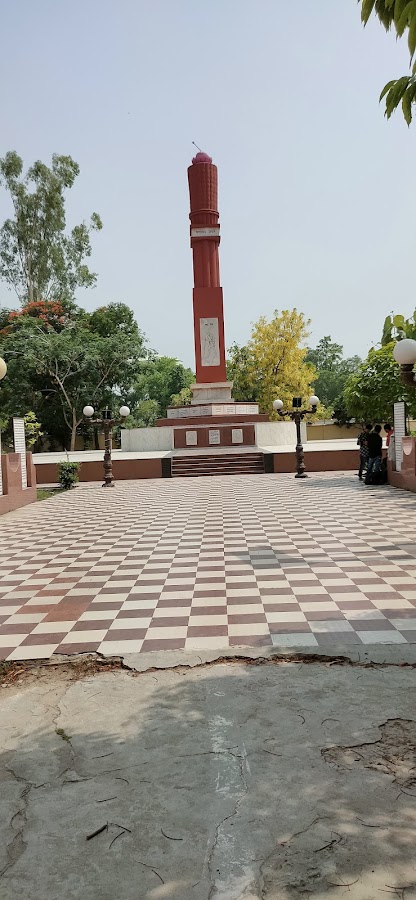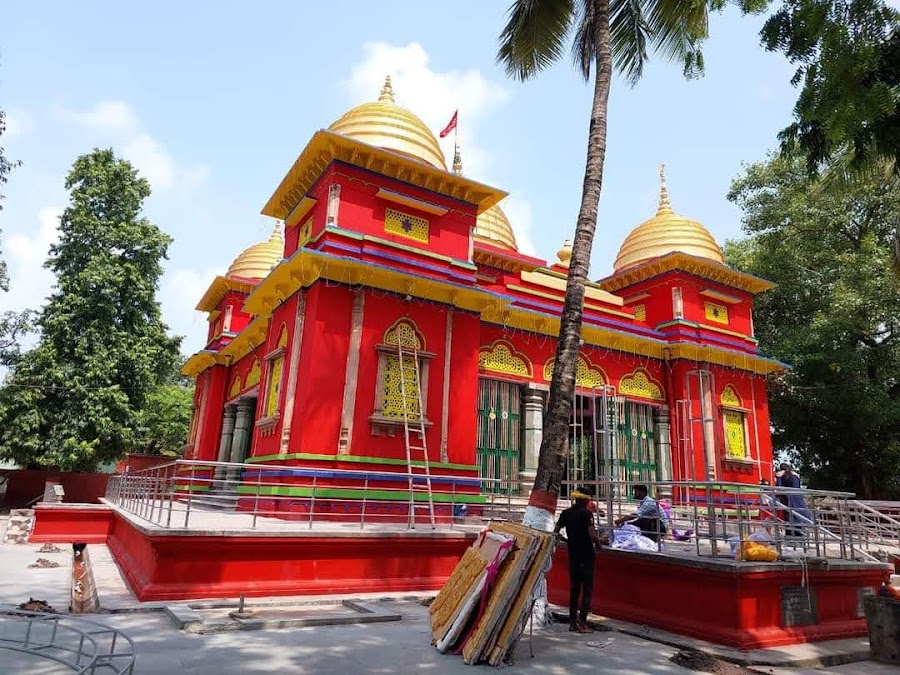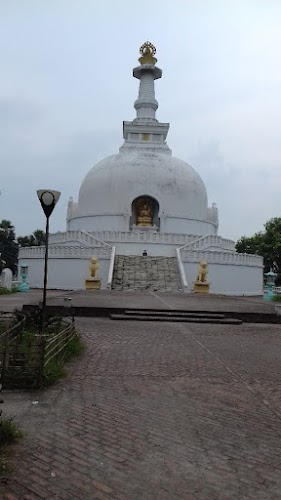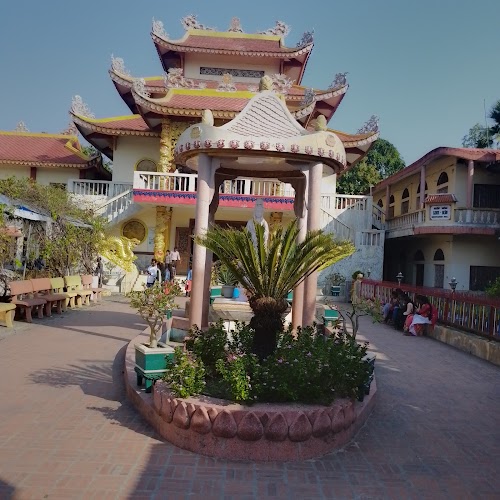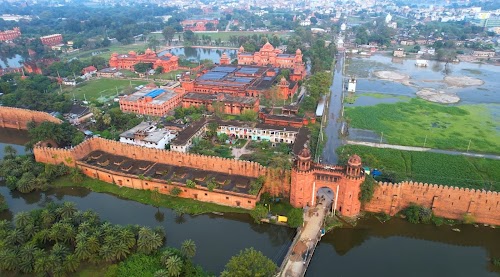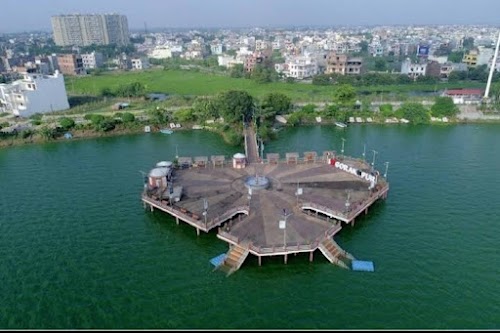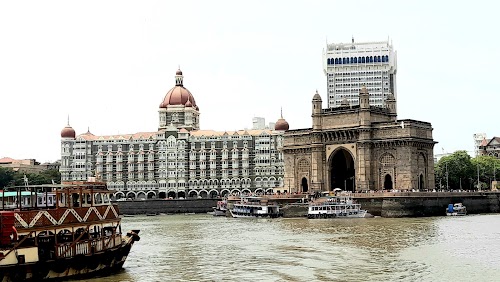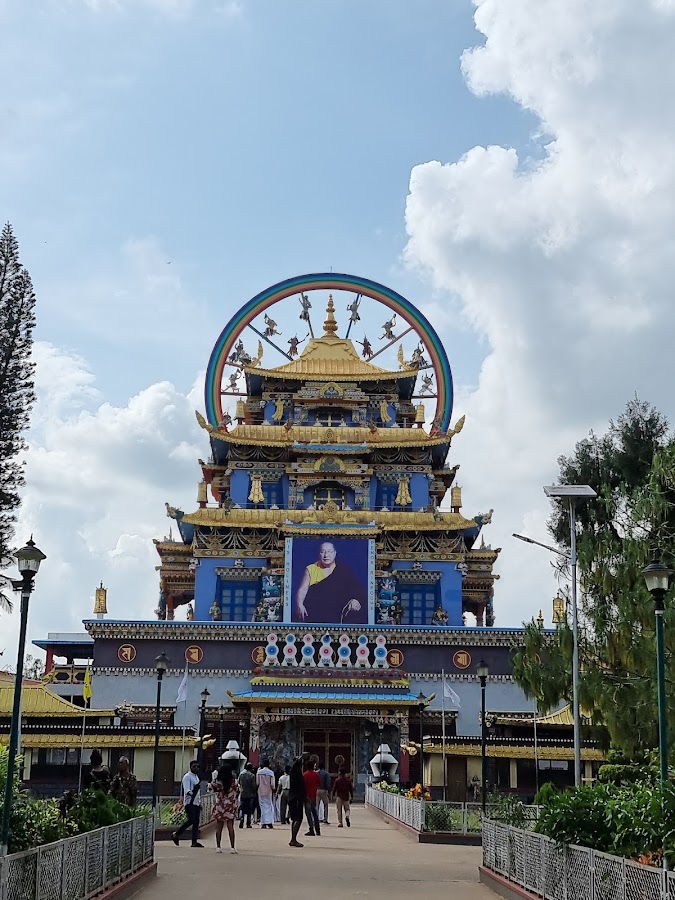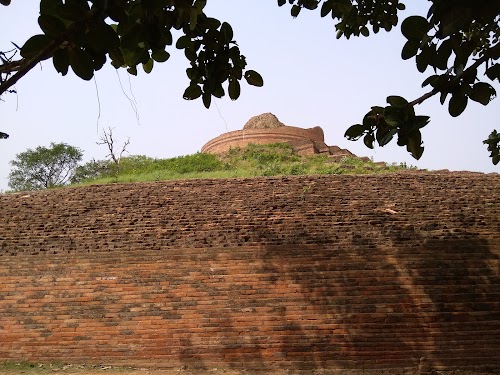
East Champaran, India
Champaran, a region in Bihar, India, is historically significant for its role in India's independence movement, particularly the Champaran Satyagraha led by Mahatma Gandhi in 1917. This movement was a turning point in India's struggle against British rule. Today, Champaran offers a glimpse into rural India, with its agricultural landscapes, historical sites, and a chance to experience a slower pace of life. It's a destination for those interested in history, Gandhian philosophy, and experiencing the authentic culture of Bihar. The region is divided into two districts: East Champaran and West Champaran.
Known for:
History:
Champaran's history is primarily defined by the Champaran Satyagraha of 1917. Mahatma Gandhi's arrival in Champaran was prompted by the plight of indigo farmers who were being exploited by British planters. This movement was one of the first acts of civil disobedience led by Gandhi in India and a major milestone in the Indian independence movement. The historical sites related to the Satyagraha, including the ashram and related places, are key attractions for visitors. Beyond this, Champaran has a long history as part of ancient kingdoms and empires, leaving behind a rich legacy.
How to reach:
The nearest major airport is Patna Airport (PAT), which is well connected to major Indian cities. From Patna, you can hire a taxi or take a bus to reach Champaran. The region is also well connected by rail, with major railway stations in Bettiah and Motihari. Road connectivity is also good, with regular bus services from nearby cities.
Places in East Champaran, India
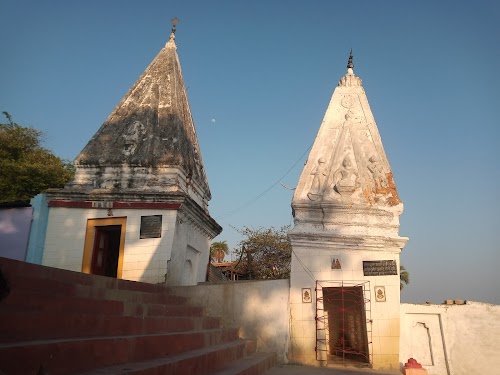
Radha Krishna Temple, Motihari
East Champaran, India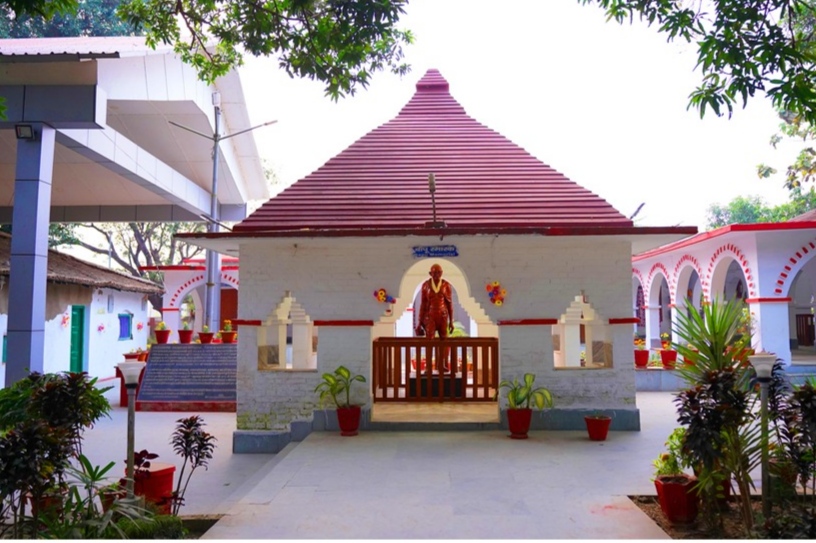
Gandhi Ashram, Bhitiharwa
East Champaran, India
Valmiki Tiger Reserve
East Champaran, India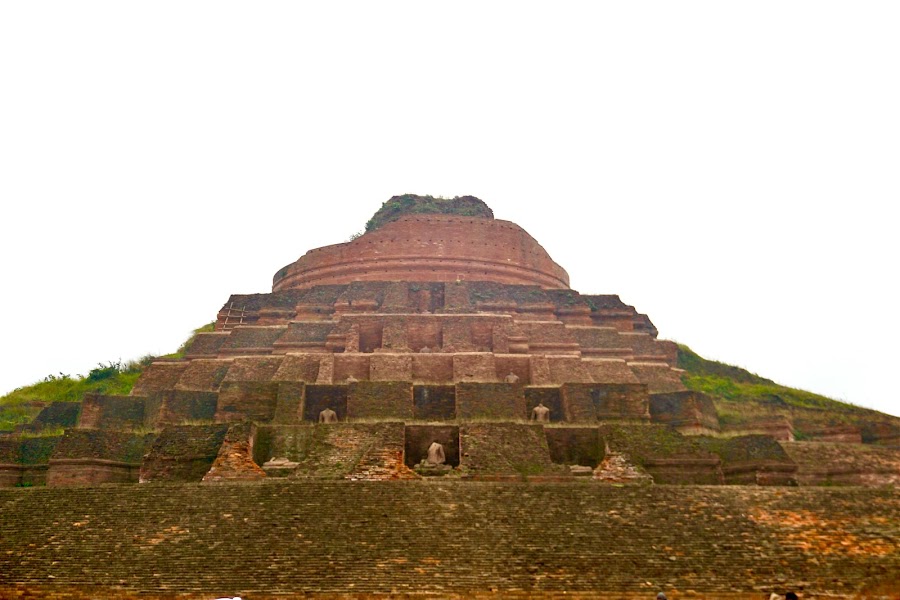
Kesaria Stupa
East Champaran, India
Janki Garh Temple
East Champaran, India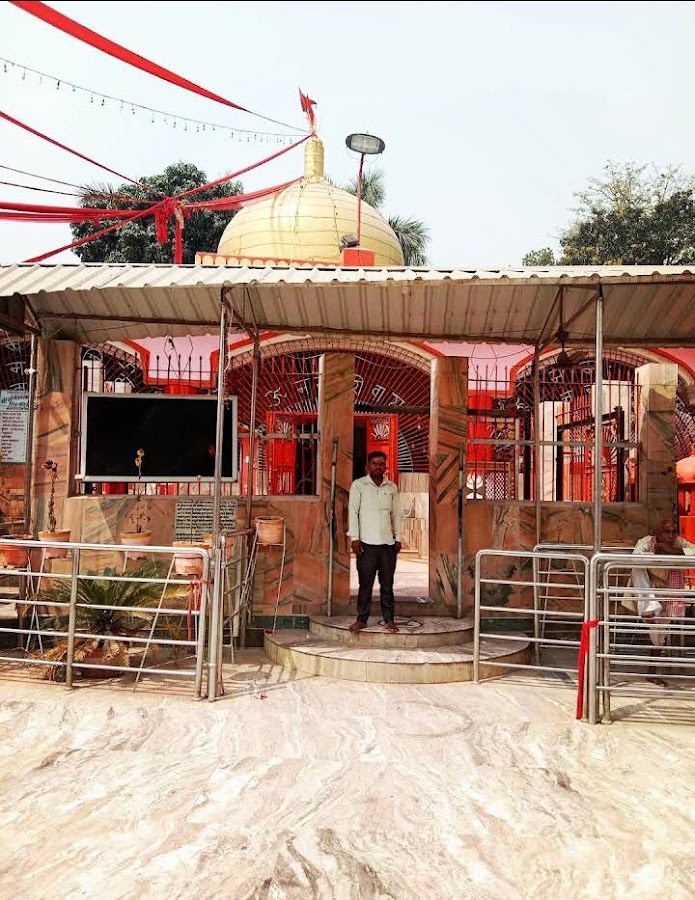
Someshwar Nath Temple
East Champaran, India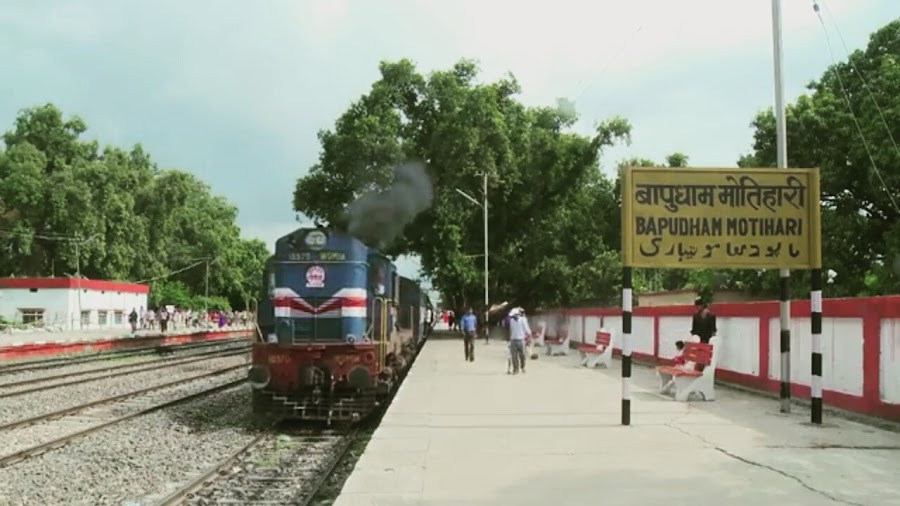
Motihari Lake
East Champaran, India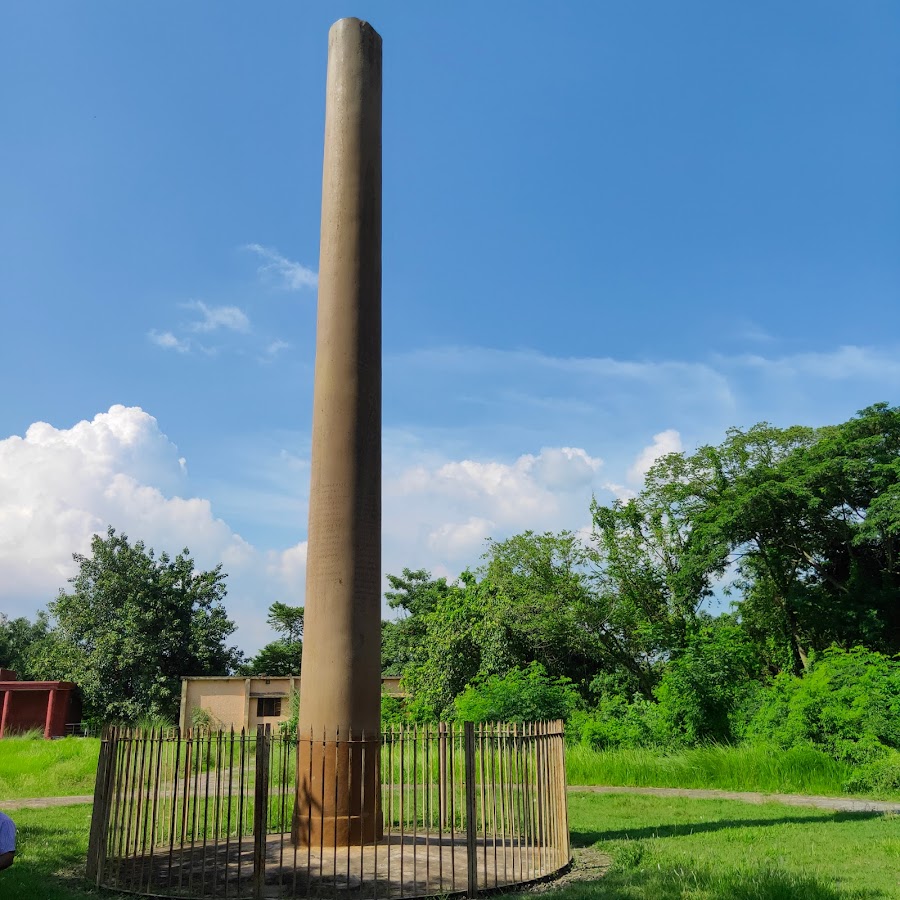
Ashoka Pillar, Lauriya Araraj
East Champaran, India